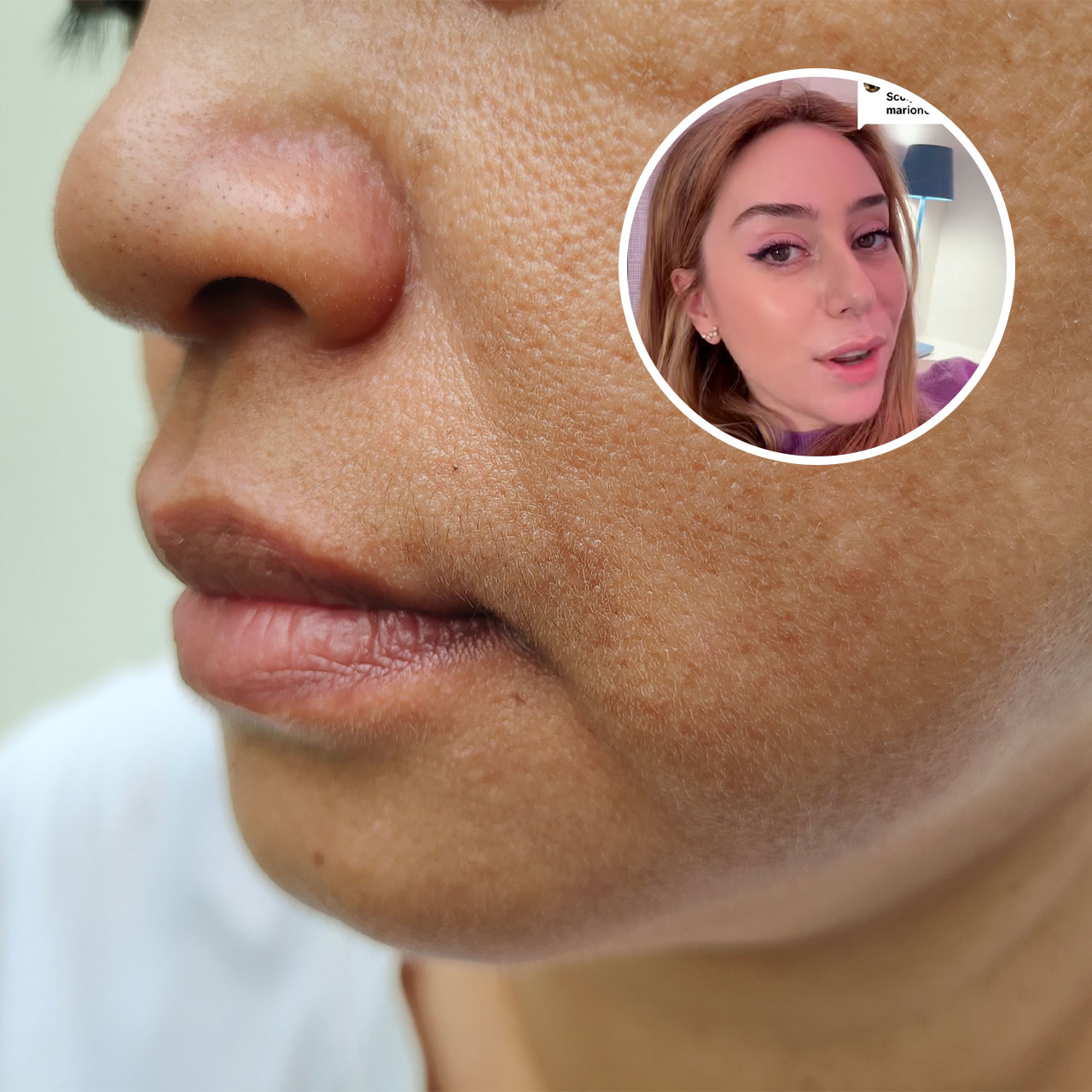This is an archived article and the information in the story may be outdated. Please check the time stamp on the story to see when it was updated last.
Getting a manicure is undeniably one of the simple pleasures in life and over the years the options have expanded from simply getting a regular polish that will likely chip within days, to a gel or acrylic manicure which offers more longevity so you can get enough bang for your buck. But are gel manicures too good to be true?
While they can make paying to get your nails done feel more worth your money, we checked with nail expert Deborah Lippmann to check in on the effects of gel manicures on your nails, and if they can cause any lasting damage which will weaken your nail beds and leave those tips more prone to breakage. It’s no secret that acrylics aren’t the best option for your nails, but gel manicures are a different story.


Rather than basic polish, gel manicures are hardened by UV light, making them more durable and longer lasting. “Gel nail polish is nail polish with photo initiators, this is the key ingredient and what makes the gel polish react to the UV light - this process is called polymerization,” explains Lippmann. “Not only does gel polish dry the polish immediately, but it also adheres to the nail plate for longer wear and gives off high gloss, high shine finish.”
Gel has rapidly grown in popularity over the years as it lasts for up to two weeks on the nails while a regular polish may chip as soon as the next day. Thicker than traditional polish and adhered directly to your nail, this polish can be done at home with the proper equipment, but is often better done at a salon. However, it’s the removal process which can potentially threaten your nail beds.
You may be tempted to peel your gel manicure off yourself as the color begins to grow out, but Lippmann warns that it’s this very mistake that could prove to be dangerous to your nails. “A lot of people get impatient with the amount of time that it takes for the gel to dissolve, and they end up pulling the product off and that’s what damages the nail,” she says.
“Definitely never pick or bite gel off your nails because you’re taking a layer of the nail off with you, thereby weakening the nail plate,” Lippmann adds, rather suggesting to take your nails right back to the professionals. Instead, the best method for gel removal is returning to the salon to soak the polish off for you. Most nail salons do charge a small fee for this service, but it may be worth it to bite the bullet and protect your nail beds from becoming weakened.

If you’re eager to take off your gel polish at home, Lippmann recommends buffing the top layer of your nails with a file to remove the shine. “Then saturate some cotton in 100% acetone and place a small amount of cotton in some foil and wrap around each fingernail and let sit for about 5-10 minutes – this helps to remove the gel polish,” she adds.
After you remove the foil, take a small nail stick and push the polish off your nail--it should come off in a sheet. Applying a cuticle repairing cream at the end will also help to strengthen your nail beds and maintain the health of your nails as acetone can also be relatively harsh on your skin and nails.
Gel manicures are ultimately not the worst thing you could do to your nails, and with long lasting color they certainly make the experience at the salon much more worth your money than polish which could chip within days. However, it’s important to be cognizant of the removal process of your polish in order to preserve the strength of your nails, and whether you get the gel removed professionally or soak them yourself, you should never peel off the polish as a shortcut.
Weakening the nail beds and removing a layer of nail with it, you subject yourself to breakage and cracked nails, so if you feel you may be tempted to peel off the gel, perhaps press on nails or a regular manicure will be better suited for you. The strength of your nails is determined by how well you take care of them, but gel manicures do not pose an imminent threat to your nail beds when removed properly.


























